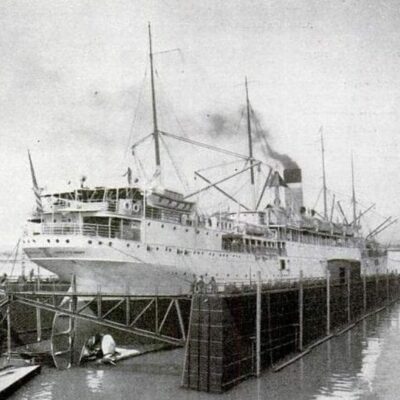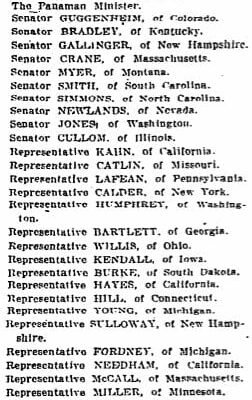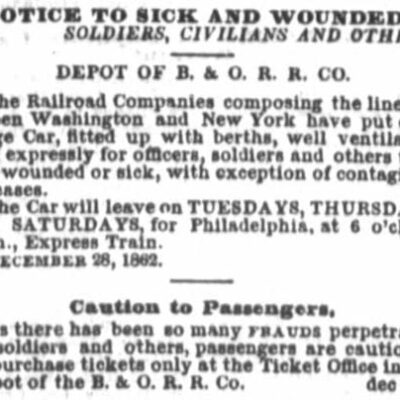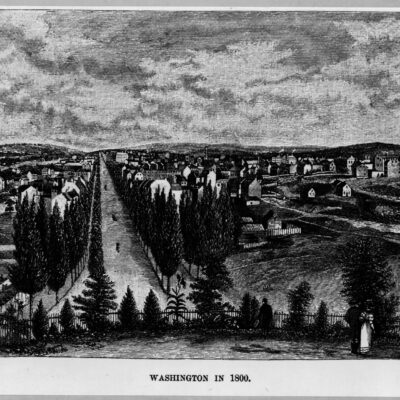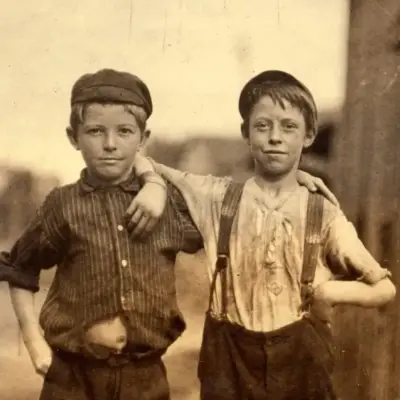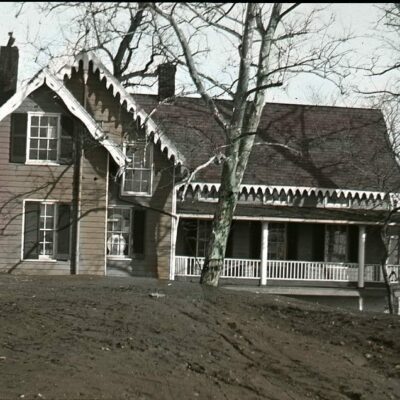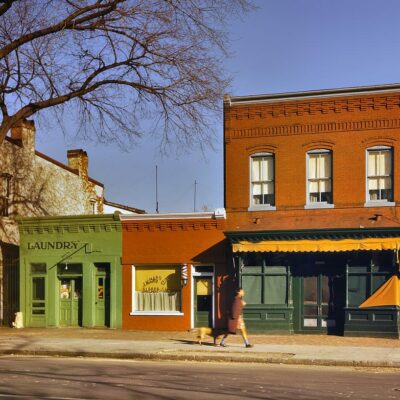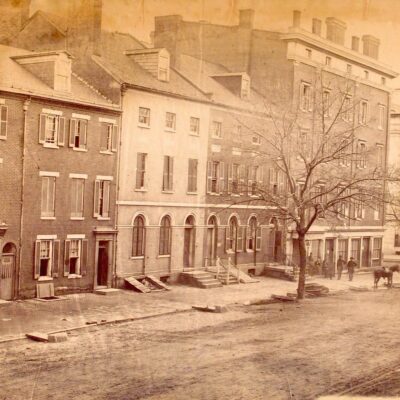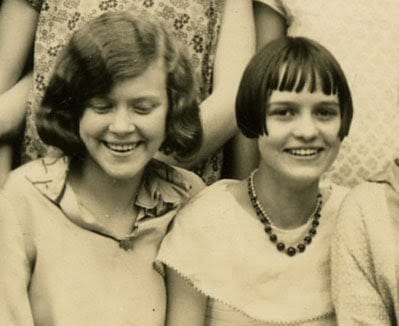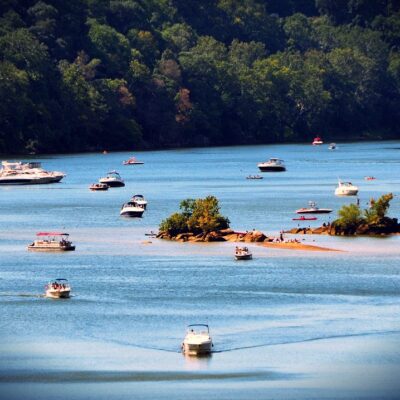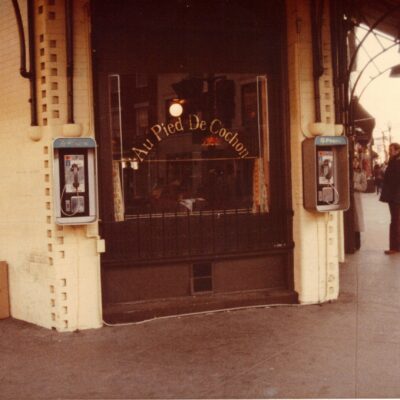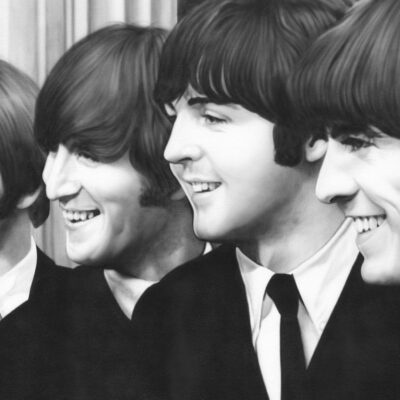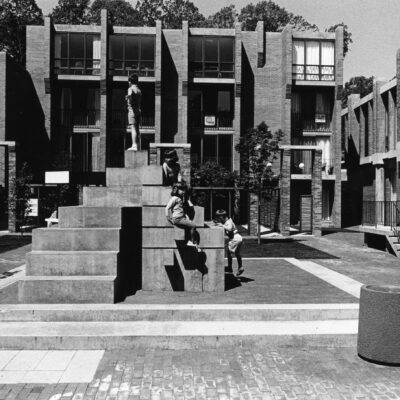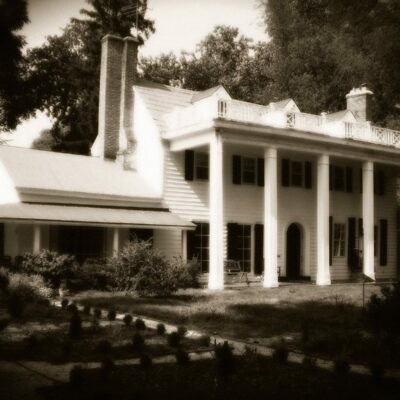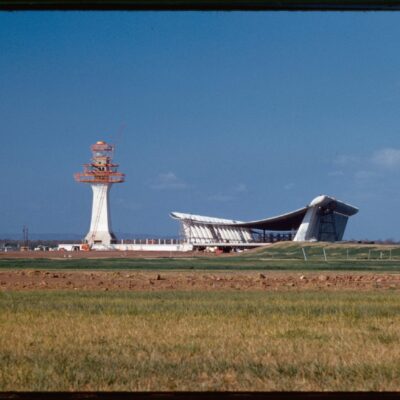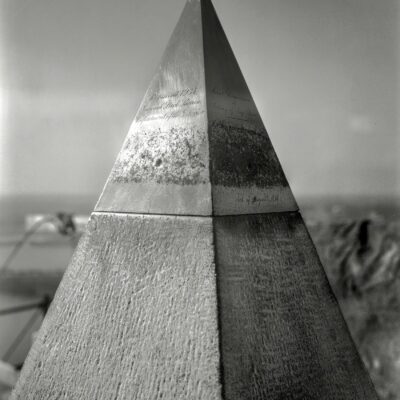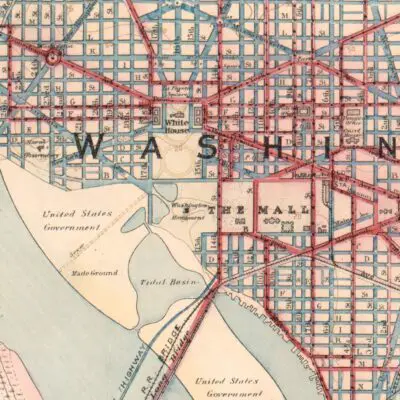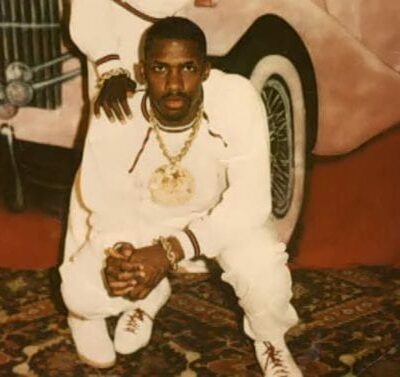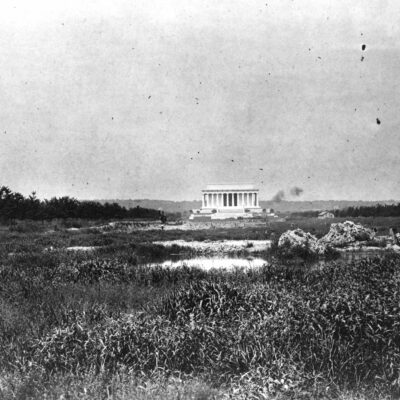The old neighborhood of Murder Bay intrigues me — I’m sure the name itself piques your macabre interest — and have seen a couple interesting posts on the subject lately, over at Kim Bender’s The Location and WAMU.
If you’re the kind of person that thinks walking home from Wonderland is sketchy, needs bars on your windows in Eckington or believes Petworth is a “fringe” neighborhood, you wouldn’t stand a chance in Murder Bay.
Murder Bay was a dumpy, slummy, and most notably, terribly dangerous neighborhood just east of the White House. Within the confines of Murder Bay — now occupied by the massive buildings of Federal Triangle — was Hooker’s Division, or “The Division,” in which there were close to 100 houses of prostitution.
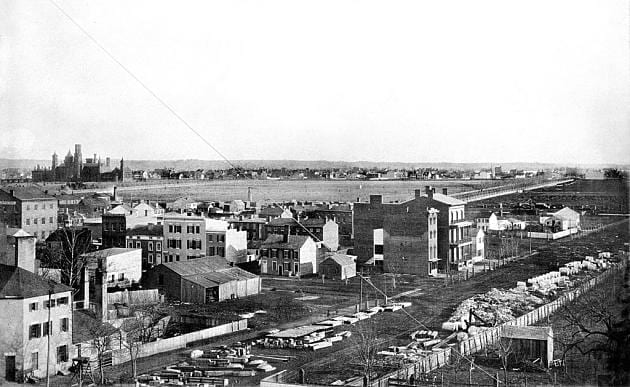
The Division gained its name from Brigadier General Joseph Hooker. Camped with his troops outside of Washington during the Civil War, the mischievous shenanigans of his soldiers during off-duty hours frustrated Hooker and, in trying to curb irresponsible behavior, he forced all the lascivious behavior into a centralized spot in Murder Bay. While not solving the problem, he at least aided the military police in localizing and containing the behavior into a manageable neighborhood of vice (manageable is used very loosely here).
There is some debate about the etymology of the colloquialism “hooker,” with some pointing to “Hooker’s Division” as the origin of the label. There are other stories, but in the interest of supporting this DC-centric blog, let’s stick with that one. It’s a cool story … but make sure you caveat it when sharing it around.
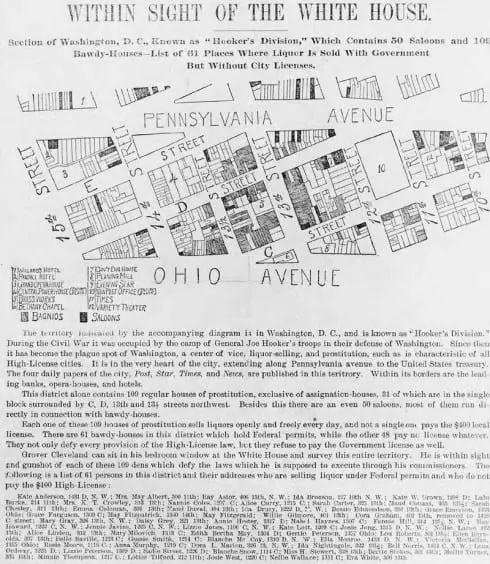
So, in my research, I came across an excellent article summing up the history of Murder Bay. By the time of this article in the Washington Post, July 8th, 1888, the worst of neighborhood had been tamed. Washington was attempting to become a modern city and there was no place for this epicenter of death and vice.
The piece gives a great description of Murder Bay, painting a picture of a rough-and-tumble part of town full of the most unsavory characters.
Then the streets were unpaved, except certain of the principal thoroughfares; the houses were for the most part mean and straggling, while the moral atmosphere was almost in accord with the condition of the town itself. Gambling establishments, some of the highest order, and descending by gradations to dens of the lowest character, where life itself was frequently sacrificed on the turning of a card. Thieves and unprincipled men and women, as ready to cut a throat as pick a pocket, flourished and walked the streets in certain sections in open daylight, while at night they frequented the haunts of vice and selected their victims from among the unsophisticated without fear of law or justice. In those sections it was unsafe for any one with the slightest appearance of respectability to enter after nightfall. There were, of course, the respectable sections, and numbers of people lived here and mingled in society who knew little or nothing of the darker localities, except as they were brough to their attention through the newspapers; but to the people who saw down-town life, as it may be termed, after the town was buried in darkness, except for the straggling rays from dim street lamps or the light from the saloons and gambling places, Washington was a wild and weird place.
This place sounds bleak. I’ve read other descriptions mentioning how the roads were constantly muddy due to proximity to the canal and it was a black, odorous mud “making even the ground consistent with the depravity that existed there.” It was so dangerous that even the police avoided the area as much as possible.
One of the first murders about this time that brought attention to Murder bay was the killing of a negro named Rideout. He had gone into Murder Bay with his week’s wages in his pocket, and was found the next morning lying on the bank of the canal with his throat cut from ear to ear. No one knew how it occurred, nor did the efforts of the police result in finding a single clue to his murderer. Then began a series of crimes which continued for the next four or five years. Men were known to go into Murder Bay and were not heard of again until their bodies were discovered in the canal or found buried in ash dumps. Robberies of the most daring nature occurred in rapid succession. Men were carried from the streets into this locality and stripped of whatever they possessed, lucky, indeed, if they escaped with their lives; while fights between blacks and whites were constantly occurring. The locality abounded in dingy saloons, and the soldiers flocked there in numbers, and added to the general disorder, as they fought among themselves, crazed with the vile whisky that was served them. How many men lost their lives there it is impossible to estimate. The police were powerless to suppress the disorder to detect the criminals, and many of the crimes were not even investigated.
…
One of the last of the horror discovered there was the finding of the body of a young white woman buried beneath an ash-heap. Her body was never identified, nor were her murderers ever discovered.
It took some time, but the local police eventually asserted their authority over the area when they apprehended a murder suspect and successfully had him prosecuted, convicted and punished. And so began the steady progression of the neighborhood to a more civilized one.
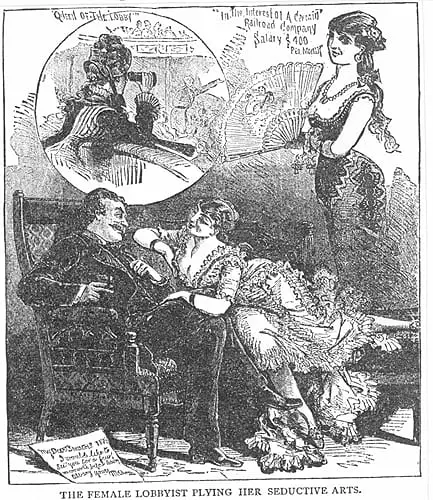
A rather interesting fact was that, prior to the police exerting their jurisdictional authority over Murder bay, it was the volunteer firemen who were the de facto peacekeepers. The irony was that they were a rowdy bunch, equally guilty of disturbing the peace.
Brientown, which as stated before was located at the western extremity of Murder Bay, had a rather romantic ending years before Murder Bay was wiped out of existence. At this time the volunteer fire companies assumed to be, to some extent the regulators or morals and the principal law breakers of the city at the same time. They were a wild, reckless set, but meant well except when fighting other companies. One of the engine-houses was located near where Allison Nailor’s stables now stand, and the ringleader of the gang that assembled there was a man from Baltimore named Moses Bronson. Moses’s gang was known as the Rangers, and they prided themselves on never refusing a fight. One day while Moses and his gang were standing in front of the engine house a lady passed weeping bitterly.
“Sissy, you seem to be trouble,” said Mose [sic], stopping her, with the manner of a cowboy.
The lady was frightened and attempted to run away, but Mose stopped her and insisted on knowing why she was crying. She called him a brute, accused him of making light of her trouble, but finally told him what the matter was. Her husband, she said, was spending all his time and money with a woman in one of the disreputable houses in Brientown. “Leave this matter to me,” said the leader of the Rangers, and the lady did so.
Half an hour later the Rangers were in Brientown, and Brientown was in flames, while the faithless husband was fleeing across the Monument grounds in the direction of Van Ness Park. No one attempted to extinguish the flames, nor were any inquiries made concerning the incendiaries, and the burning of Brientown was regarded as a good riddance of a very great evil. When Murder bay was finally cleaned out, the two worst localities that the city has ever known disappeared.
By the way, why isn’t there a bar named Murder Bay? Or maybe the innocuously named Brientown? I need to open a bar. Do you have any other facts or trivia about Murder Bay? Add them in the comments below to share them with everyone else.
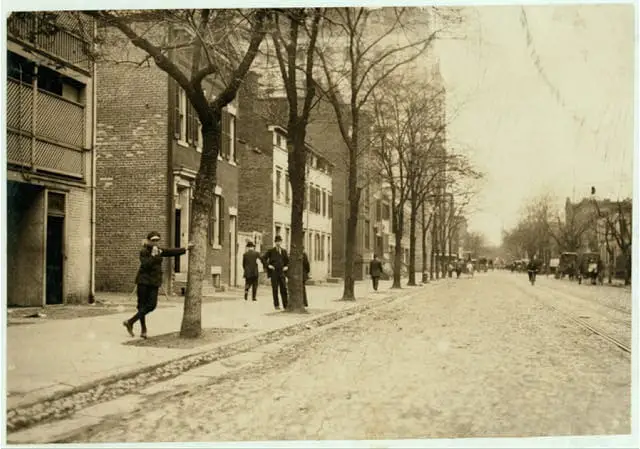
Oh, also, you can walk the Cultural Tourism DC heritage trail around Federal Triangle to learn more about it. I highly recommend checking out their signs the next time you’re down there.
